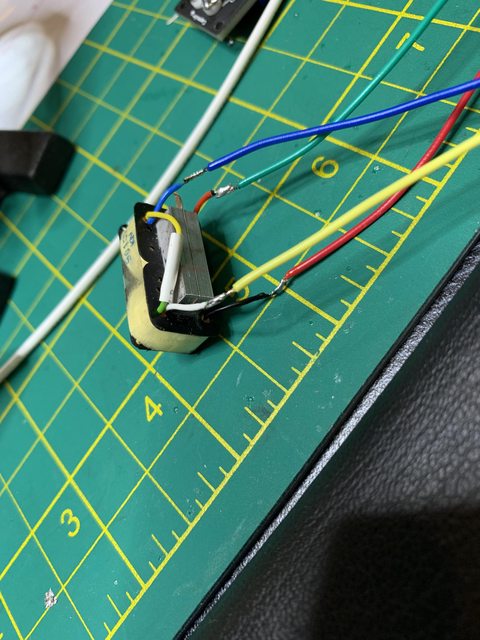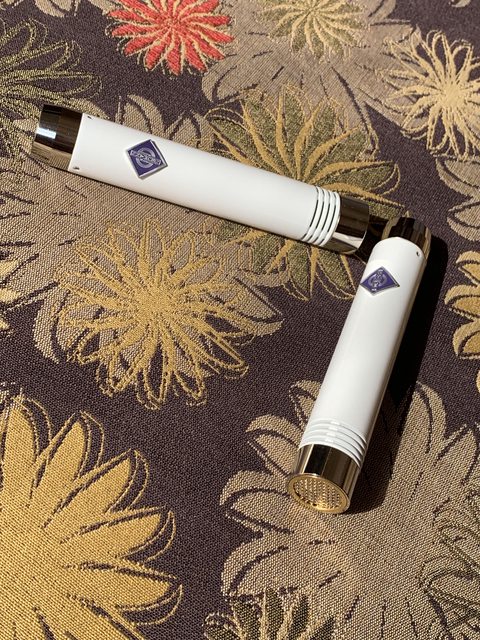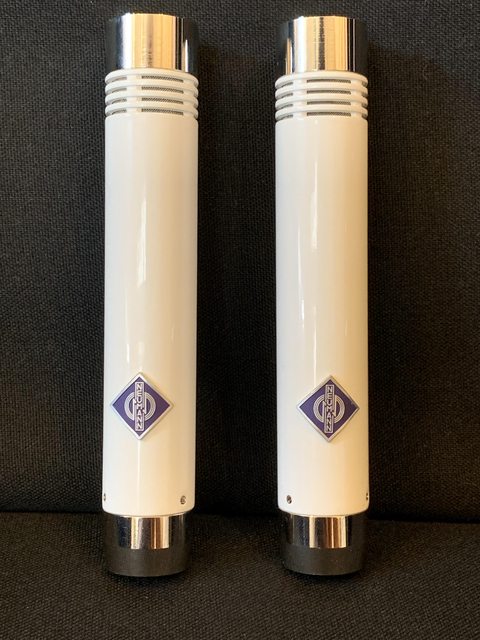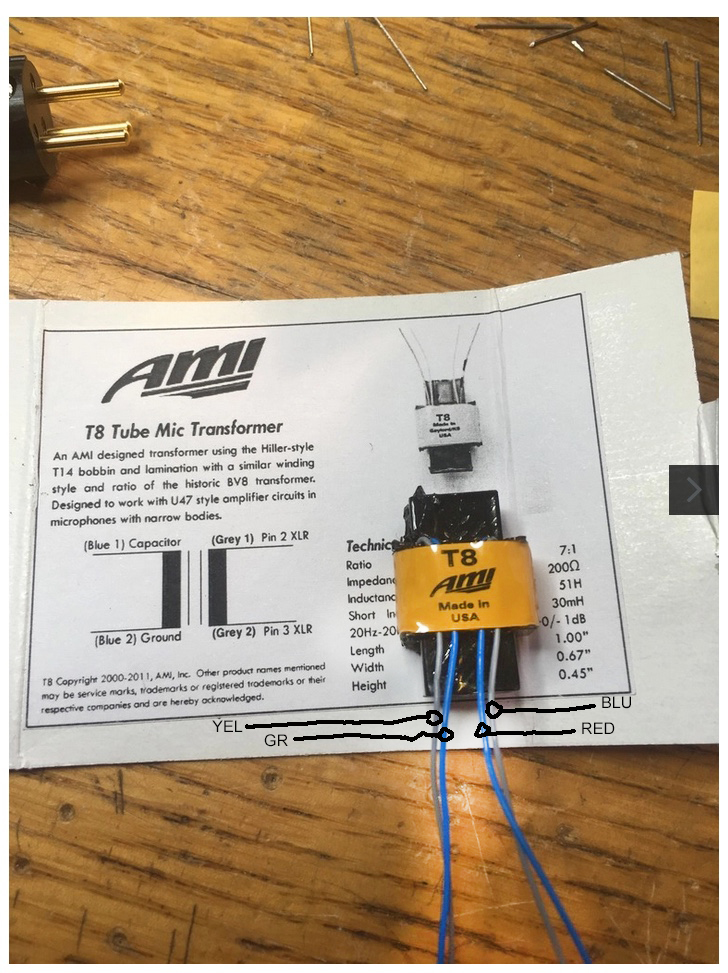Hi Winetree, apologies for not responding sooner, I wasn't getting thread updates.
1. On the Haufe transformers, on the side that has only 2 white wires, solder these together.
2. On the opposite side, solder together the yellow and green wires.
3. Then follow the color conversion guide below to connect to the PCB:
HAUFE --> CINEMAG (PCB Designation)
Black ----> Red (R)
Red -----> Green (G)
Blue ------> Blue (B)
White ----> Yellow (Y)
To make things less confusing, I extended the Haufe leads with the cinemag color wiring.
And here are the finished mics after painting (and Neumann badges... just for funsies ;D)
Thank you Banzai and Graeme, I've only had a few moments to test these out on acoustic and voice, but I'm loving what I'm hearing so far - they sound clear and smooth and the noise floor is impressively low. Not experiencing any RFI/EMF interference that a few others had mentioned.







